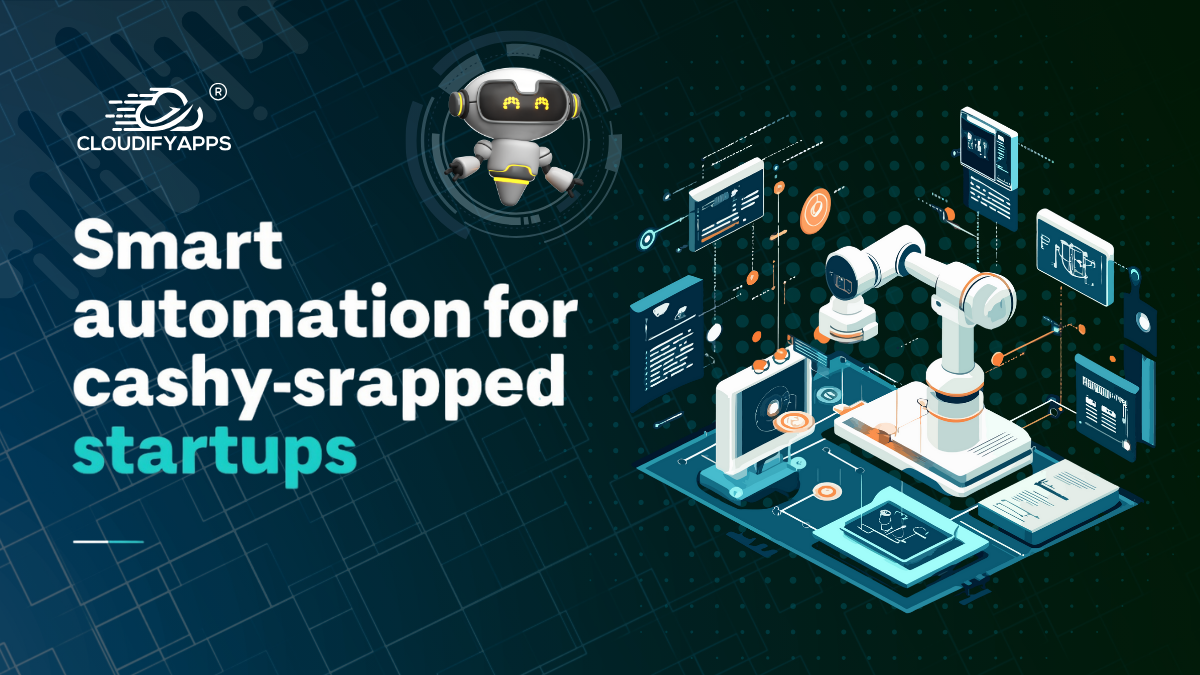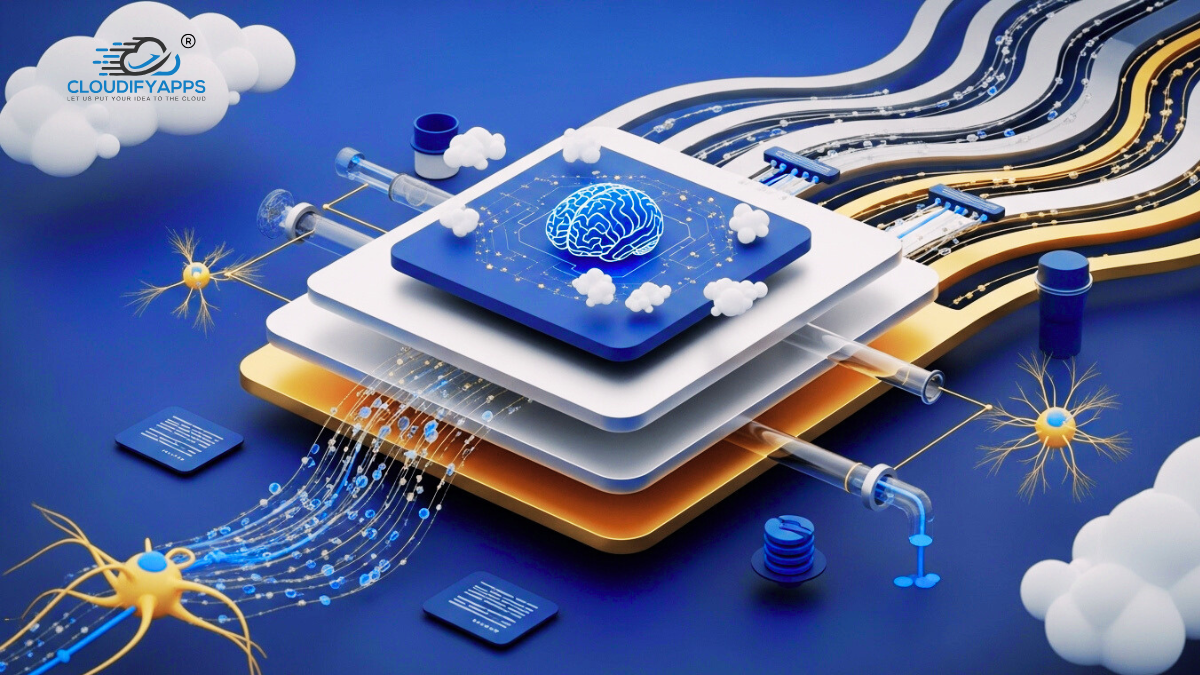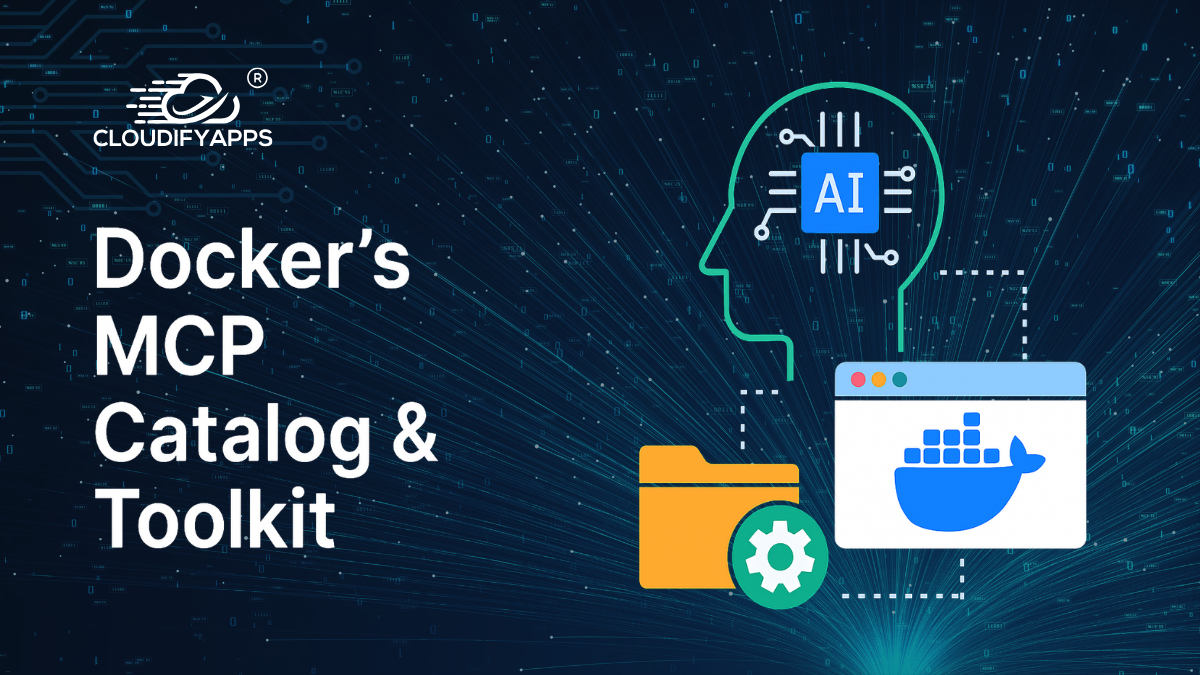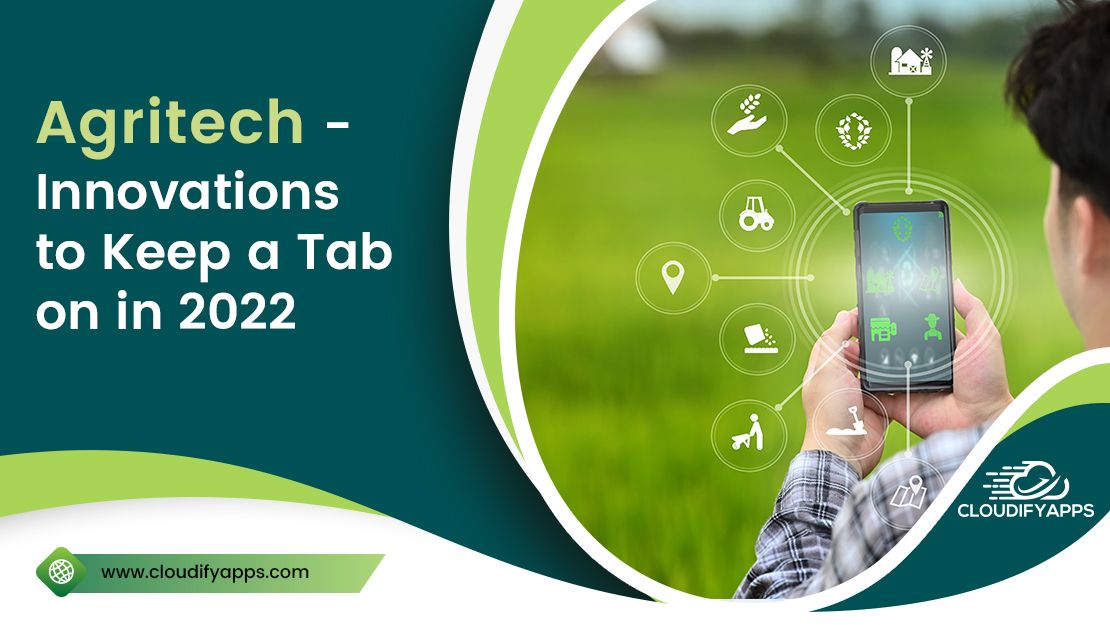
Agritech Moving at Breakneck Pace - Agricultural Innovations to Keep a Tab on in 2022
Introduction
According to a UN study, about 9.9% of the world's population lives in hunger. Given this scenario, the idea of providing food to almost 10 billion people is alarming. Moreover, the demand for food will stream to 70% by 2050 due to the swiftly soaring population. Further, considering the increasing population, impacts of the environmental challenge, people's living standards, and the changing perspectives towards nutrition and diverse food consumption patterns. Therefore, the world has turned to innovation in agriculture technology to solve this problem. However, in this process, the motive behind improving farm processes is to improve farm profitability and contemplate the environment sustainably should be kept in mind.
Many new technologies are coming these days, but not all of them prove to be highly efficient. Here we have compiled the technologies that possess immense potential to transform the agriculture sector. However, all these technologies behave as farm management software systems.
Farm Automation
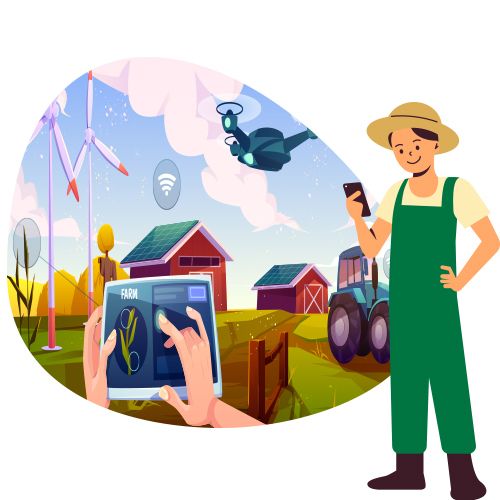
Farm automation brings agricultural machinery, computer systems, electronics, chemical sensors, and data management. For instance, tractors and harvesters are now equipped with sensors and software to operate autonomously.
Farm management software systems play a huge role in automating farming, and that's why it's crucial to choose the best farm management software.
As per a report by Marketsandmarkets.com, agricultural robotics will emerge by more than four times by 2025, thus making it a 20 billion industry from a 4.6 billion dollars industry in 2020.
Benefits of Farm Automation
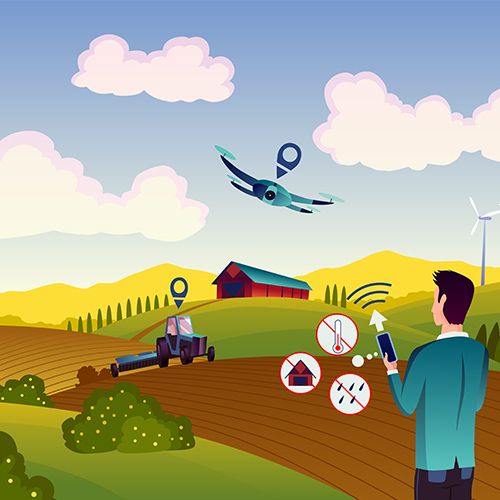
- They help offset limited manual labour availability and lessen the pressure on human labour.
- The automated machinery does the menial and recurring tasks, often time-consuming. This way allows farmers to focus on more critical functions, such as improving overall efficiency and not the slow and repetitive tasks. Further, it will enable them to spend more time with their families.
- They prevent human-induced errors, enhance decision-making, increase accuracy and provide convenience.
- They decrease crop losses, provide higher yield and thus ensure effective use of resources.
- Lastly, they help farmers make more profits.
Farming operations in which modern machines will outperform the conventional methods
- Fruit-picking
- Gathering crops as harvest
- Planting
- Transplanting
- Sorting and Packing
- Pruning or Thinning
- Seeding
- Livestock management
- Weeding done via sprays, etc.
Moreover, they perform repetitive tasks, thereby reducing time and effort.
Examples of automated technologies (Smart agricultural machines)
- Auto-steer technology in tractors simplifies field navigation.
- Tractors are used for harvesting purposes, which will function semi-automatically or automatically via GPS technology.
- Machines consisting of automatic weighing scales
- Incubators machines
- Milking machines
- Auto feeders
- Thresher
- Cotton and Rice milling machines for corresponding crops.
- Diggers
- Bale movers
- Backhoe
- Gleaner
- Harvester, etc.
Farm management software systems provide the aforementioned technologies, and choosing one among them is hectic. So, the point of taking care of this situation is to be specific about your farming needs, research the companies providing them, and select the best farm management software.
Data Integration and Digital Farming
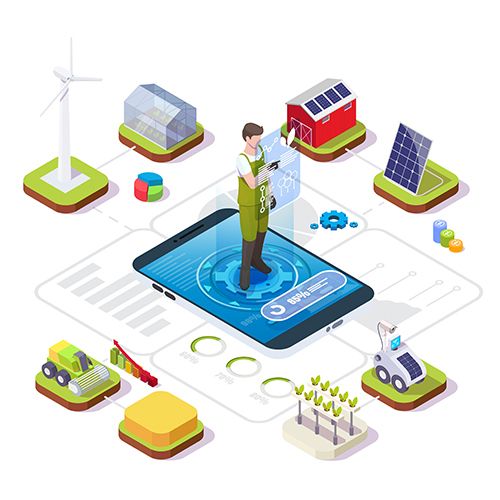
Data integration refers to the techniques that integrate the large amounts of daily generated farm data to actionable insights to assist farmers in making real-time decisions and adjustments and thus improve the farming method. These field data are tracked by sensors, which primarily measure pH levels and nutrient levels providing information on the farming area, crop production, and crop forecasts such as the state of growth, crop diseases, irrigation, crop prices, and weather forecasts.
Then, these are analysed by computerised tools that identify patterns and relationships and extract information about weather events, farm equipment, water cycles, quality, and quantity of crops. One can implement digital farming by knowing about agriculture software development companies and contacting them.
Advantages of Data Integration
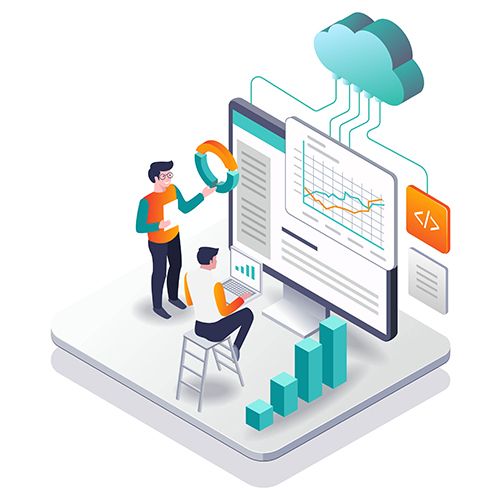
- The information provided by analytical tools is used to determine how, where, and what to plant to maximise harvests.
- They can also be used to prevent specific crop shortages.
- They help meet the customer demand for transparency via their information about how their food is grown and where it comes from, which is especially beneficial for crops that need to meet uncompromising organic or non-GMO (Genetically modified organism) standards requisites.
One should remember that a lot of software enters the market but has to choose the agriculture management software suitable to her needs.
Examples
- The analytical data fosters an understanding of the soil's nutrient levels, acidity and alkalinity, fertiliser requirements, and several other parameters, allowing farmers to make the right choices for perfect planting.
- Europe's Copernicus program uses satellite data to track weekly changes in land use and crop development. The program provides Crop production forecasting, early crop scarcity warnings, and other data. Further, the platform is free and open to anyone who can utilise it.
Numerous agriculture software development companies assist farmers with the information and correct way to do digital farming.
Internet of Things (IoT)

An IoT device is an appliance that contains one or more sensors that accumulate data and provide accurate information via mobile applications or other means in real-time.
Some Functions of IoT Devices
- Use of drones to check spray crops to utilise smart greenhouses
- The benefit of utilising smart greenhouses.
- New irrigation systems to automate the delivery of water to crops.
- Remote monitoring of farms
The benefits of IoT include providing greater convenience to farmers via its efficiency, agility, sustainability and precision of farm processes. Their prime feature will be sending timely alerts and ameliorating the response time for areas that need more work. That's why startups are finding more innovative methods, specifically to develop the sensor efficacy through integrating drones, robots and computers, which is the core of IoT to increase its features to a better extent. Any IoT based technology consists of an agriculture management software designed specifically for its purpose.
Examples of IoT Sensors
- Evapotranspiration sensors
- On-site soil moisture sensors
- Rain sensors and several others.
As per a report by Meticulous Research, the global IoT market exercised in agriculture is expected to develop at a CAGR (compound annual growth rate) of 15.2% from 2019, thereby reaching 32.7 billion dollars by 2027.
Examples
A Bulgarian startup named Agrila has created a modular solar-powered IoT- based sensor station to facilitate sensing of vital determinants like soil moisture and temperature, wind speed & direction, water availability through rain and its forecast, humidity, amount of solar irradiation, etc. Furthermore, it provides real-time alerts via mobile or web applications. Moreover, it also offers detailed charts, reports, and sensor data analysis, enabling farmers to gather insights economically and efficiently.
- A Canadian startup named Farmer's Hive develops sensors based on this technology for greenhouses, family farms, and fruit growers. The function of these sensors is to instantly remote-monitor farm instruments and crops. Thus, the generated data assists farmers to identify the problem areas and increases the probability of making the right decision. Meanwhile, the detailed metrics provided by the sensors in this technology are stored in its cloud services.
To utilise this technology well, one should contact any good agriculture software development companies and tell them their needs and expectations from the software.
Aerial Imaging: Use of Drones
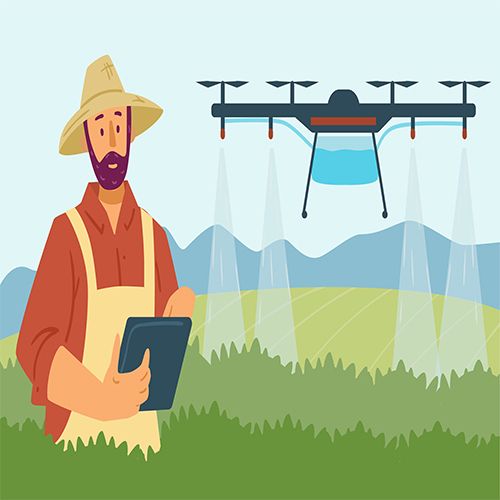
Drones are unmanned aerial vehicles (UAVs) that collect raw data, which provides helpful information for farm monitoring. They are equipped with cameras that enable aerial imaging and land surveying smoothly, even in far-stretched fields.
They collect data by capturing images that range from simple visible-light photographs to multispectral imagery and help analyse crops, soil, and field.
Their collected data is used for numerous purposes.
Some of them are:
- Spraying fertilisers, water, seeds, and pesticides.
- Livestock tracking
- Geofencing
- Crop cultivation
- Grazing monitoring
- Detecting nutrient deficiencies, or invasive species
- Estimation of crop yield
Due to its benefits, more startups are now working on drones that can measure chlorophyll level, weed pressure, and chemical composition of the soil, apart from aerial imaging.
Their only drawback is that they disturb bird movement, making them an inappropriate choice for poultry farming. However, they are a cost-effective and invaluable tool for farmers to survey their lands due to the aforementioned functions.
Drones are part of agriculture management software since they are based on IoT technology.
Examples
- Wakan Tech is an Omani startup that develops drones to monitor crop health and help in targeted spraying of pesticides and pollen for aerial pollination of date palm trees. Their underlying technology is AI and computer vision technology. It also detects pests and aids diseased date palm trees pollination using liquid or dry pollen, which are faster than traditional pollination methods. It allows for quicker and more accurate targeting and spraying, which is highly effective in large farm operations.
- Indian startup Equinox's Drones has made drones that process images and videos via aerial imaging, survey crops, and analyse data. They monitor images using ortho-mosaic maps. Another vital service they provide is 3-D point clouds. Moreover, they also offer contour maps and digital models, resulting in maps and models providing insights into crop yield estimation.
Drones and other farm management software systems are an effective combination to improve agricultural productivity.
Indoor Vertical Farming
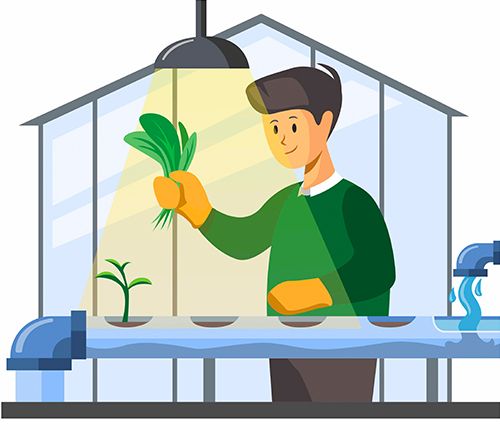
Indoor vertical farming is a type of farming in which crops are stacked above each other in a closed and controlled environment, which can be a greenhouse or factory. The technology uses shelves that are configured vertically to increase crop production in limited volumes. The shelves often don't require soil and are either hydroponic or aeroponic:
- Hydroponics is the process of farming crops in water and nutrient solutions.
- Aeroponics is the process of farming crops in the air. It needs emitters to spray water and nutrients to them intermittently.
Benefits of Indoor Vertical Farming
- It enables the control of determinants such as sunlight, temperature, water amounts, and carbon dioxide levels, allowing them to get more and healthier yields.
- It requires less water, precisely 70% less water usage, conserving energy, and decreases labour costs.
- It meets the increasing demand for food and the decreasing availability of land.
- It allows crops to be grown throughout the year, using less water and less pesticides.
Example
The average rice production per hectare is between three and six tonnes. However, indoor vertical farming offsets this constraint.
Regenerative Farming
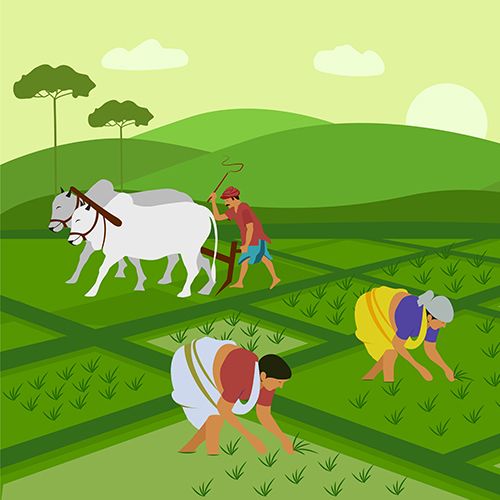
Regenerative agriculture is the farming and cropping practices that usually focus on the regeneration of topsoil, unlike conventional farming practices that lead to long-term erosion and crusting of soil. This mechanism helps to improve soil biodiversity, topsoil revival, and water retention, thus allowing farmers to maintain crop yields and plant uptake.
Different Practices Involved in Regenerative Farming are:
- No-till farming
- Cover Cropping
- Silvopasture
- Agroforestry
- Crop rotation and more
They increase farm productivity and profitability as well. However, their work is the health maintenance of soil.
Example
Cover crops are plants that are used to cover the soil between cropping seasons to reinstate soil fertility, lower soil erosion, and not get harvested. Further, it expedites fields to undergo carbon sequestration (a natural or artificial process to remove carbon dioxide from the atmosphere as solid or liquid ). According to researchers, this leads to minor carbon emissions into the atmosphere and, thus, doesn't impact climate much negatively, making it the best solution.
Precision Farming
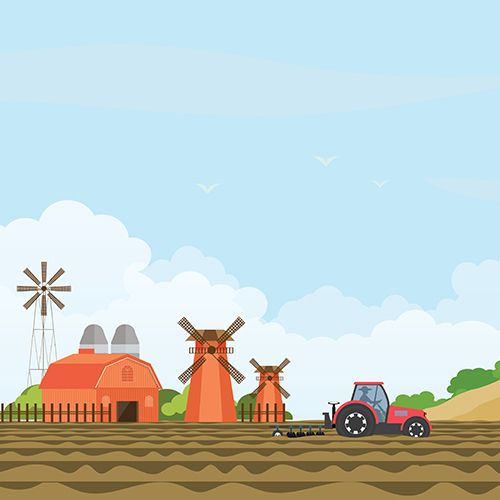
Precision agriculture is an agricultural resource management strategy that collects, processes, and evaluates data and offers insights to help farmers optimise and increase soil quality and productivity. It involves using eco-friendly methods and inputs having the least negative consequences on the environment.
It focuses on the following key areas:
- Resource use efficiency
- Sustainability
- Profitability
- Productivity
- Quality
It aids management decisions, enabling farmers to regulate crop yield parameters such as moisture level, soil condition, and microclimates to maximise output via using drones and robots equipped with remote sensing systems to raise crop health and optimise resources, resulting in more yield, saving input cost, and sustaining soil fertility.
According to the Grand View Research, the global precision farming market will grow at 13.1% CAGR and reach a value of 16.35 billion dollars by 2028. The organisation believes increasing government support and the growing need for efficient crop health monitoring will drive market growth.
Example
Site-specific crop management or SSCM is a method in which farmers work with the exact input quantities of necessary farming materials, such as water, pesticides, and fertilisers, to enhance the quality and productivity of yield.
Exact Yield Production
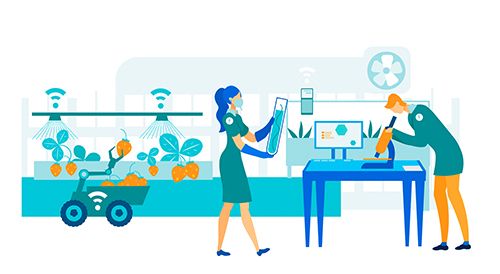
New technologies enable farmers to predict the yields before harvesting the crops accurately. Analysing the exact yields allows the farmers to find the buyers for all of their harvested crops. In addition, it helps to eliminate the food waste to increase profits, thus allowing them to focus on the harvesting process.
You can use many to produce crops in exact yield.
The Bottom Line
Agritech is advancing fast, and many innovative solutions are on the way to improving farming efficiency. These include farm automation, using data integration, under which IoT and drones come. Regenerative and precise farming are also other ways to achieve this. Agritech is the need of the hour, and more innovative technologies will come in the future to improve the agriculture sector.
Choosing the best farm management software can seem complicated, especially when you have so many options for agriculture software development companies. But remember that you can't do up your aim to boost your farming methods to the maximum possible limit if you haven't chosen a suitable agriculture management software.
Popular Tags
Recent Posts
Smart automation for cash-strapped startups
The modern data trinity: How medallion architecture, RAG, and data lakes revolutionize enterprise intelligence
Accelerating AI-Driven Development with Docker’s MCP Catalog & Toolkit
Building Intelligent Agent Teams with Google's ADK: A Developer's Guide
We are at




















